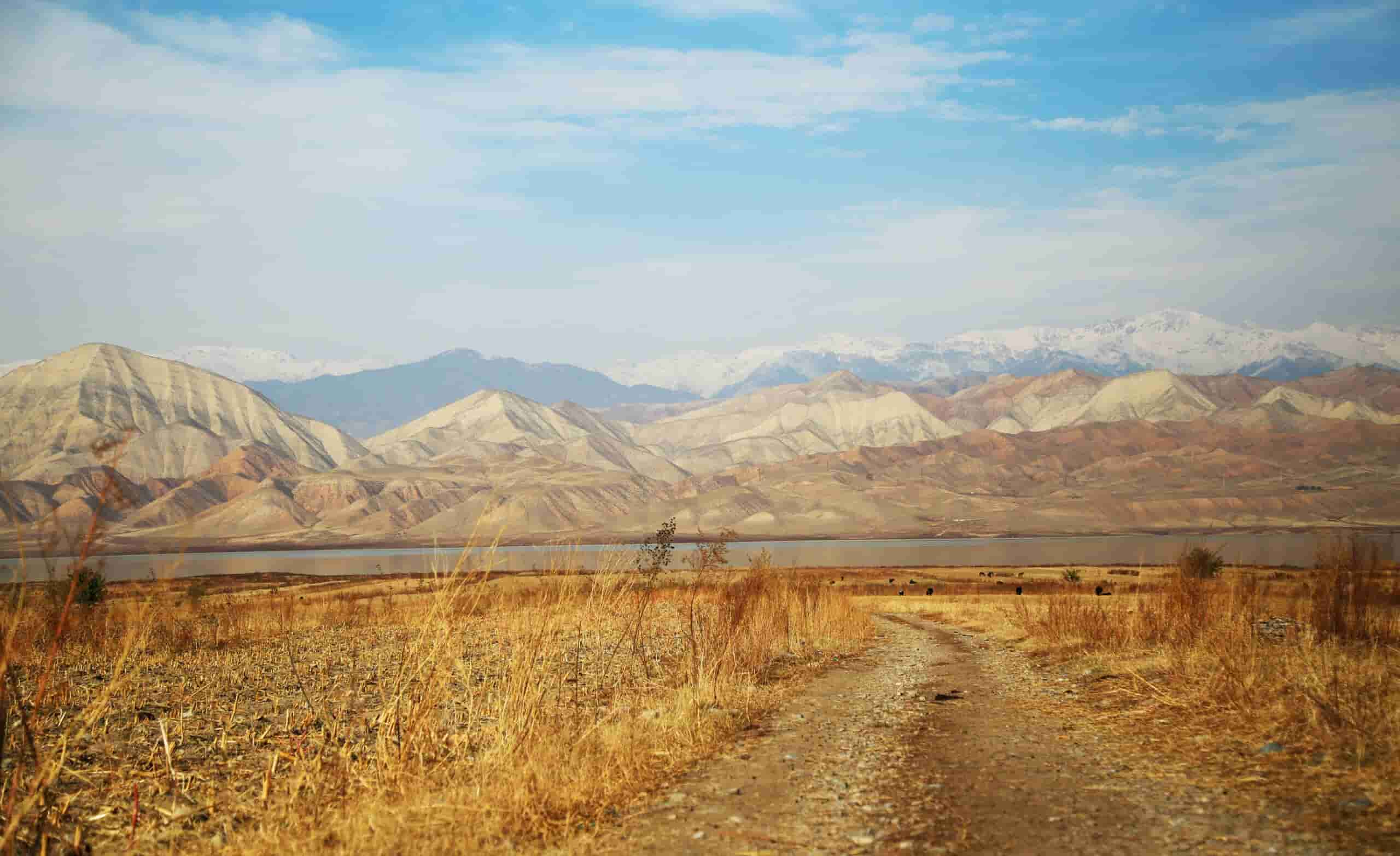

As the protests in Kazakhstan escalated yesterday afternoon, uranium spot prices rose almost 10% to $46/lb – up from $42/lb that morning. Uranium equities were all up 5-10% on a potential supply disruption. Kazakhstan is home to 43% of global uranium supply. For context, Kazakhstan’s market dominance in uranium is four times that of Saudi’s dominance in oil!
On Saturday, the government announced a near-doubling of the price of liquefied petroleum gas (LPG), which many Kazakhs use to fuel their cars, as the country transitioned to electronic trading (vs. LPG prices which were previously state regulated). Protests to the drastically rising fuel prices quickly spread to many cities throughout the country, entering their fourth day today.
This article is only available to Macro Hive subscribers. Sign-up to receive world-class macro analysis with a daily curated newsletter, podcast, original content from award-winning researchers, cross market strategy, equity insights, trade ideas, crypto flow frameworks, academic paper summaries, explanation and analysis of market-moving events, community investor chat room, and more.
As the protests in Kazakhstan escalated yesterday afternoon, uranium spot prices rose almost 10% to $46/lb – up from $42/lb that morning. Uranium equities were all up 5-10% on a potential supply disruption. Kazakhstan is home to 43% of global uranium supply. For context, Kazakhstan’s market dominance in uranium is four times that of Saudi’s dominance in oil!
On Saturday, the government announced a near-doubling of the price of liquefied petroleum gas (LPG), which many Kazakhs use to fuel their cars, as the country transitioned to electronic trading (vs. LPG prices which were previously state regulated). Protests to the drastically rising fuel prices quickly spread to many cities throughout the country, entering their fourth day today.
In response, Kazakhstan’s President Kassym-Jomart Tokayev has dismissed the prime minister and the entire cabinet and imposed a state of emergency across several cities. None of these actions appeased the protestors. Authorities also appear to have shut off internet connectivity, making updates on the situation sparse. And banks are temporarily shut for today, Thursday. While some social unrest in Kazakhstan is normal, this magnitude (a countrywide protest) is nearly unprecedented. Therefore, predicting how long this could last is challenging.
Perhaps adding fuel to the fire, Russia and its allies are dispatching troops to help quell the protests in Kazakhstan. Security forces killed dozens of anti-government protesters, police said on Thursday.
This situation does not directly impact uranium production. Channel checks by Canaccord Genuity (CG) indicate miners are still onsite. Yet the spread of protests throughout the country could eventually cause workforce absenteeism and supply chain issues (the airport has been seized), resulting in a temporary supply disruption. Below is a good note from CG overnight:
‘Spot prices have already risen on the back of increased supply uncertainty and there is no doubt we could see further upward pressure on uranium prices and equities until more clarity is provided on the situation in Kazakhstan. Furthermore, the Sprott Physical Uranium Trust (SPUT) is now trading back at a premium to its NAV. Yesterday SPUT raised enough money to buy 5x daily uranium production. This allows the trust to purchase more physical, adding additional upward pressure on the spot market.’
Longer term, Byron Wien, vice chairman at Blackstone, recently focused on nuclear power as one of the big surprises for 2022:
‘Suddenly, the nuclear alternative for power generation enters the arena. Enough safety measures have been developed to reduce fears about its dangers, and the viability of nuclear power is widely acknowledged. A major nuclear site is approved for development in the Midwest of the United States. Fusion technology emerges as a possible future source of energy.’
Even before the unrest in Kazakstan, we were seeing positive momentum in the uranium price so far this year. It is supportive that the European Union has elected to classify some nuclear energy projects as ‘green’ in its Sustainable Taxonomy draft. Under the draft’s terms, nuclear power plants would be classified as green provided the project has a plan, the required funds, and a site to safely dispose of radioactive waste. The development also needs to receive its construction permits before 2045.
In a follow-on note, Canaccord Genuity referenced that these actions, if ratified, provide incumbent generators and developers with the certainty required to make large investment decisions in a hugely important uranium market. Western and Central Europe (including Great Britain) is responsible for almost one third of current global civilian uranium demand and is a growing electricity market.
The Commission will now collect comments to its draft until 12 January and hopes to adopt a final text by the end of the month. After that, the text can be discussed with EU governments and parliament for up to six months. That said, the likelihood of the draft being rejected appears to be relatively low as that would require 20 of the 27 EU countries to say “no”.
Nick Lawson is the Founder and CEO of the investment house Ocean Wall. Ocean Wall specialises in niche alternatives and in 2020 was rated ‘Best niche alternative advisory firm’ by HFM, the global hedge fund magazine. Before Ocean Wall, he was Partner and Head of Strategic Capital at Arrowgrass Capital. Prior to that, he ran the merger arbitrage and special situations platform at Deutsche Bank.
